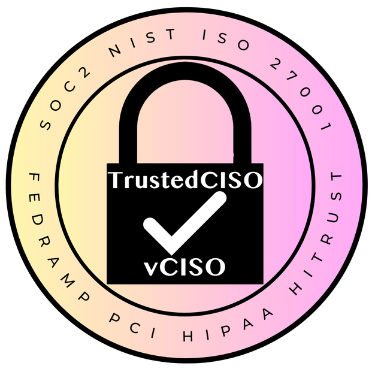Security governance is the set of policies, procedures, and standards that an organization establishes to manage its cybersecurity risks. The compliance program ensures the confidentiality, integrity, and availability of its data and assets. To be successful, ensure your security program aligns with your company’s missions and goals.
Security governance is the establishment of a security benchmark such as SOC2 or framework such as NIST CSF. When building your compliance program, the roles and responsibilities of an organization’s key stakeholders are defined. These roles and responsibilities include the board of directors, management, and employees. It also includes the development of policies and procedures that address the organization’s security objectives, risk appetite, and compliance requirements.
In the US Federal government space this aligns with FISMA. It requires federal agencies and third parties that they rely on to build a Risk-based Information Security program. Selecting a framework such as NIST CSF and building a security compliance program with minimum controls (FIPS 200).
An effective information security program begins with asset Inventory and includes regular risk assessments. Additionally, implementing security controls and monitoring ensures that the organization’s security posture remains effective over time.
Also, maturing a compliance program includes continuous improvement based on feedback, audits, and risk assessments. It is a dynamic and iterative process that requires ongoing attention and resources from the organization. Drata is a great tool to aid in automating this process via continuous monitoring of its technical controls.
Ultimately, the goal of security governance is to ensure risks are managed effectively and to maintain stakeholders’ trust.
To learn more about how TrustedCISO can advise your company on building a security governance program contact us.
To learn more about what a vCISO is click here: https://trustedciso.com/what-is-a-vciso/
